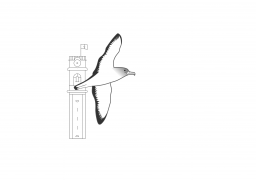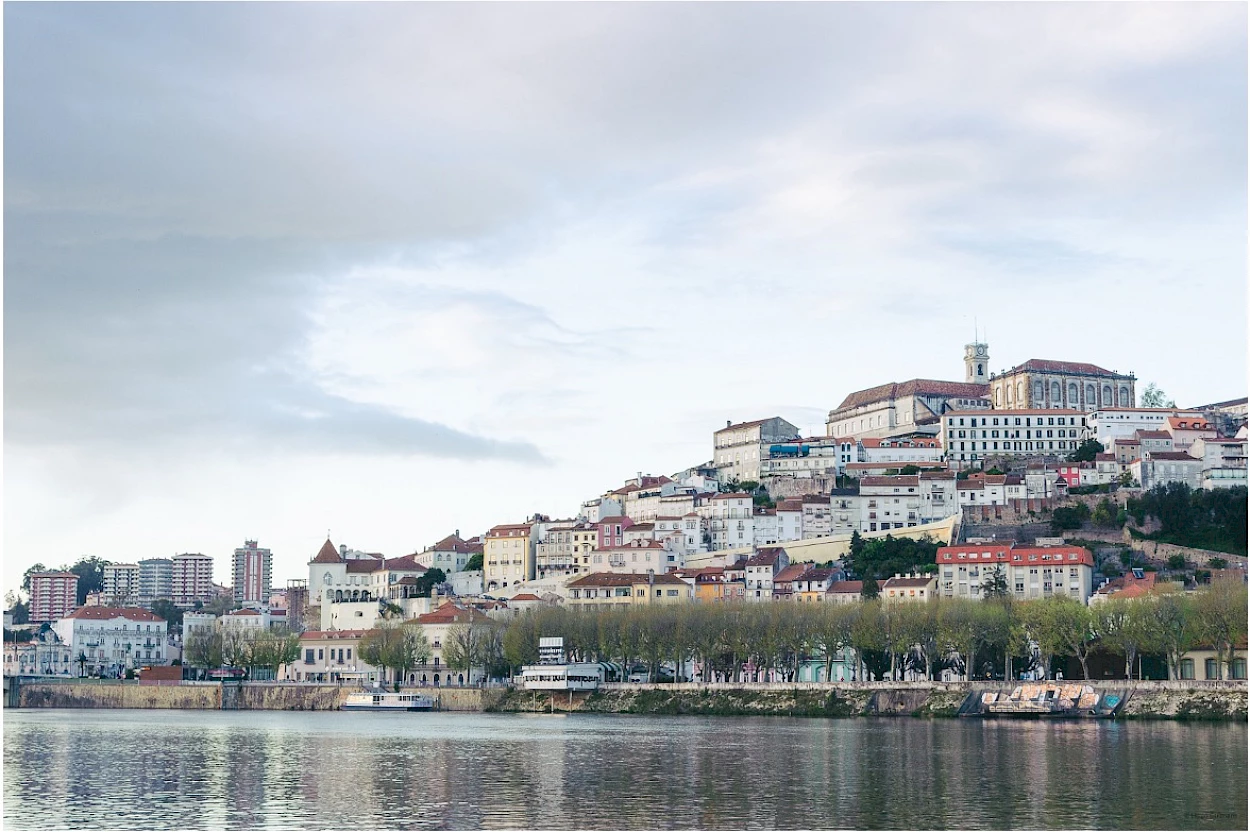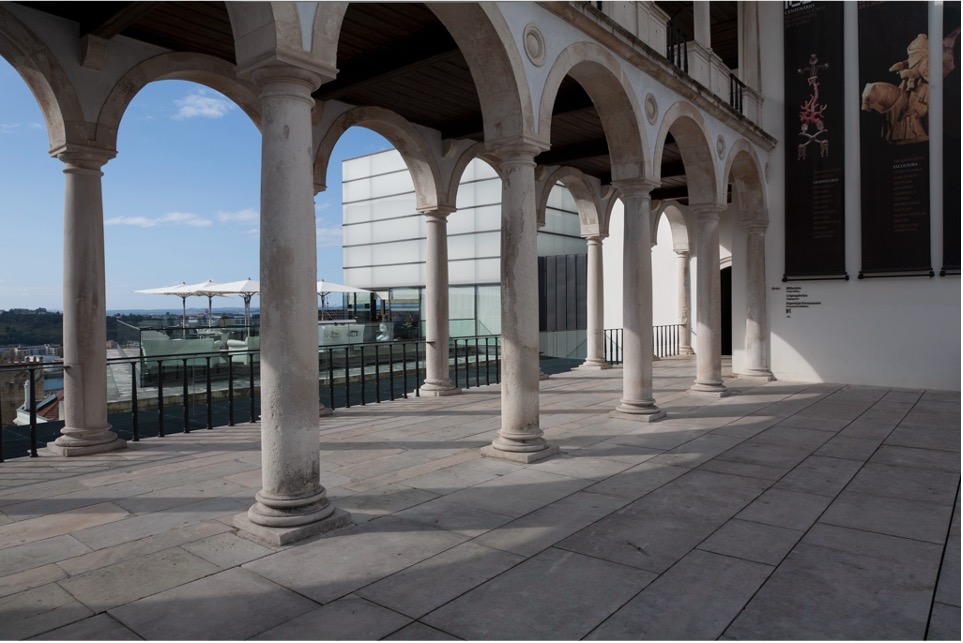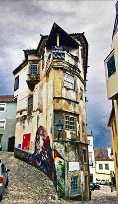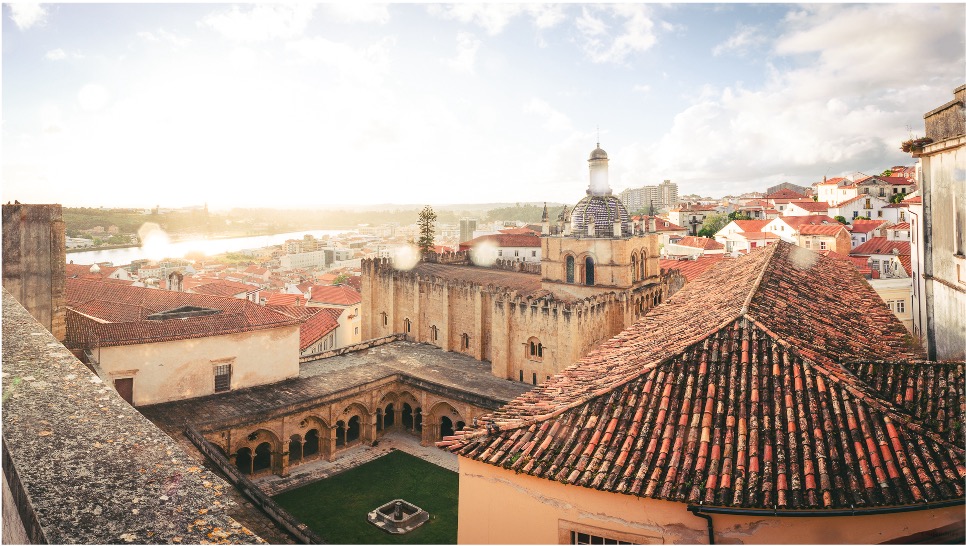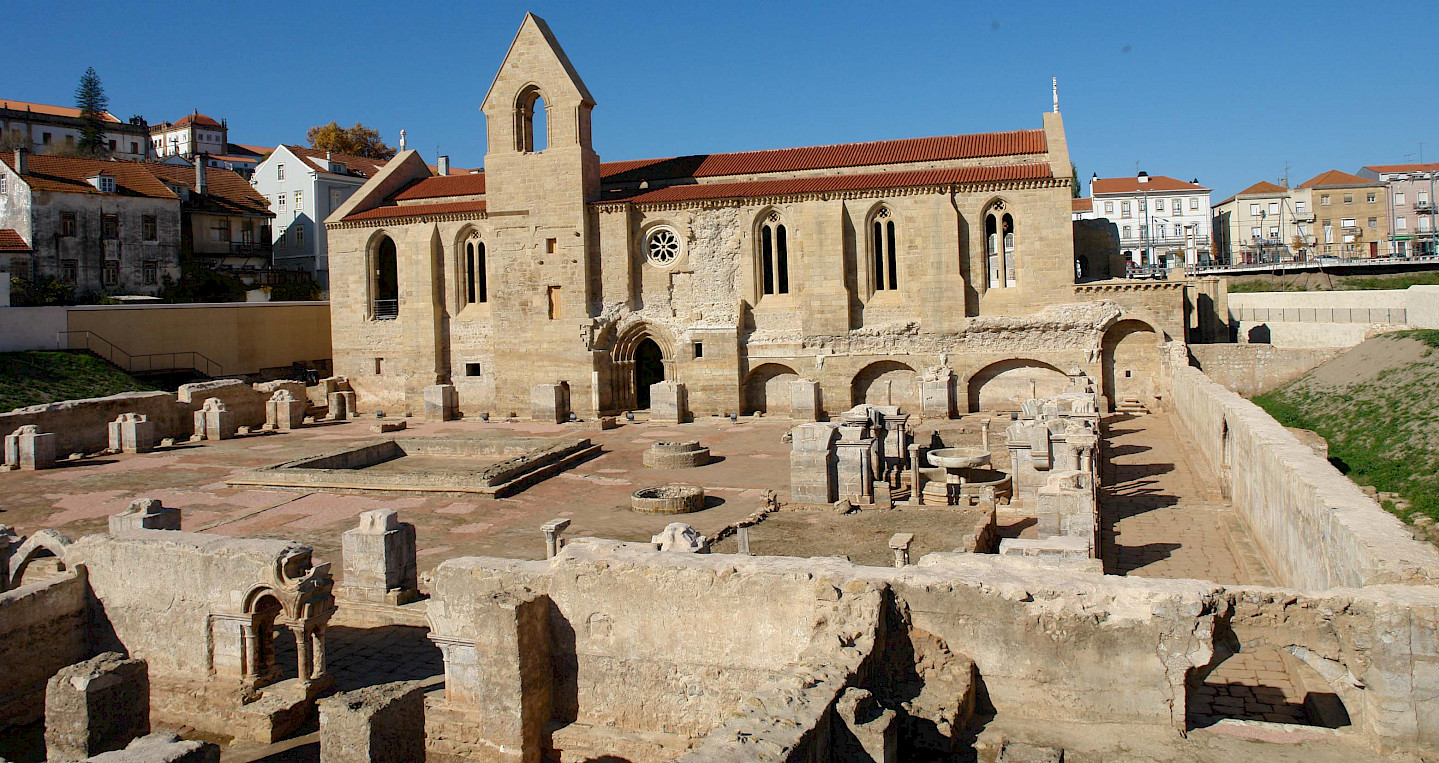Coimbra’s historical/cultural values
University of Coimbra is the oldest University in Portugal, and one of the oldest of Europe, being first established in 1290. Its campus dates back to the 16th century and is part of a World Heritage site by the UNESCO. This classification was awarded because of its central role in the production of knowledge and dissemination of culture in Portuguese language in the world, as well as for the universal value of its campus, which is composed by 32 buildings divided in two nuclei: Alta and Sofia. These buildings are from different arquitectural styles reflecting different educational reforms.
City of Coimbra (credit: Hugo Guímaro)
|
In Paço das Escolas, the main and older building complex of the University of Coimbra, lived D. Afonso Henriques, the first Portuguese king. There you may find a chapel, a prison, an old library with a bat colony keeping over 56000 books and a first edition of the Lusíadas, and the tower clock with a bells called depreciative names such as “Cabra”, ringing to mark the beginning and end of daily classes. University of Coimbra (credits: Hugo Guímaro) |
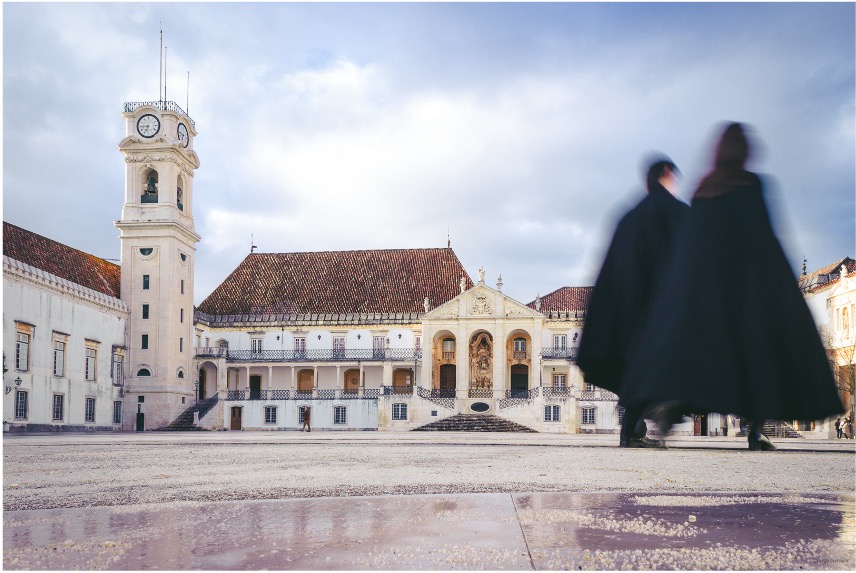 |
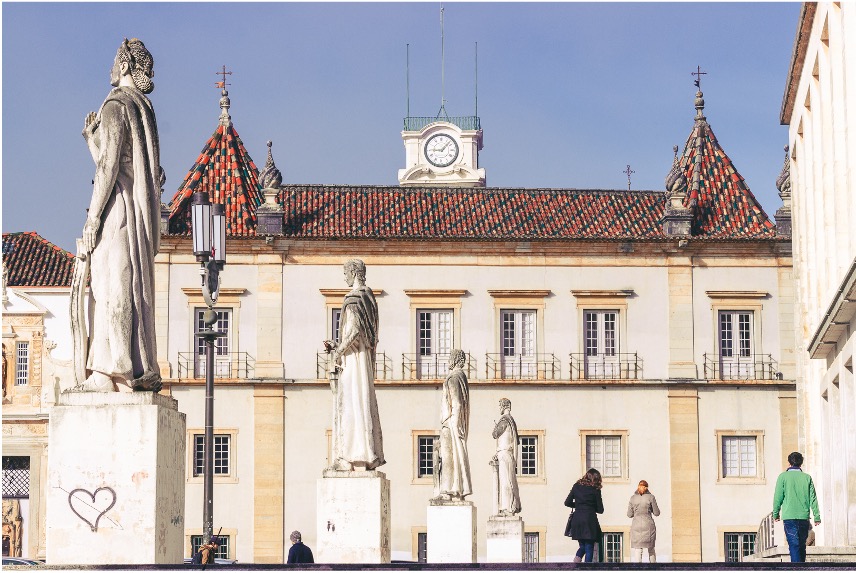 |
|
National Museum Machado de Castro |
National Museum Machado de Castro – built over a roman criptoportal open to the public, and which offers a terrace with a nice view over downtown. When you walk the intricate streets from the University to downtown you can notice the Républicas’ student lodges, characterized by their unconventional names and front decorations. Some examples are Républica dos Kágados (since 1933) and Républica dos Prá-kis-tão at Casa da Nau. |
Républica dos Prá-kis-tão at Casa da Nau |
|
Credit: Hugo Guímaro Sé Velha – romanic Old Catedral from the 12th century |
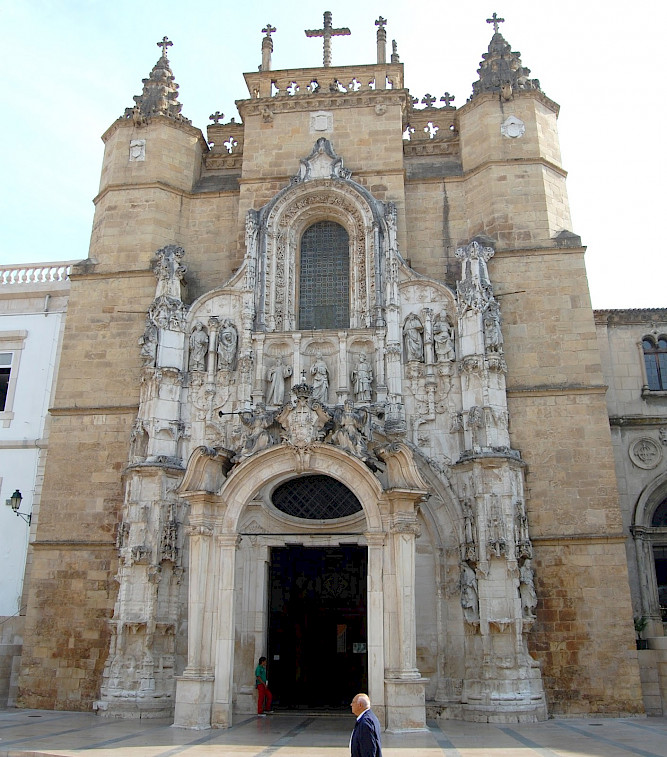 |
Mosteiro de Santa Clara-a-Velha – a monastry that during centuries was flooded by the Mondego river (also called Basófias due to being so temperamental) |
|
Mosteiro de Santa Cruz (1131 d.C.) where the first Portuguese king, D. Afonso Henriques, is buried. |
Coimbra natural values
|
University’s Botanical garden – apart from the garden and greenhouses, it harbours a wood that connects the University with the downtown river side. |
Mata Nacional do Choupal – is one of the main green areas of the city, with 79ha where one of the biggest urban colonies of Milvus migrans nests. Many poems and fado lyrics were written inspired by this wood. |
Fluvial beaches and Mondego river – it is possible to have a swim in the Mondego river at Rebolim or at Palheiros/Zorro (reached by bus) fluvial beaches. At Palheiros/ Zorro you can also taste snails, a typical summer snack. |
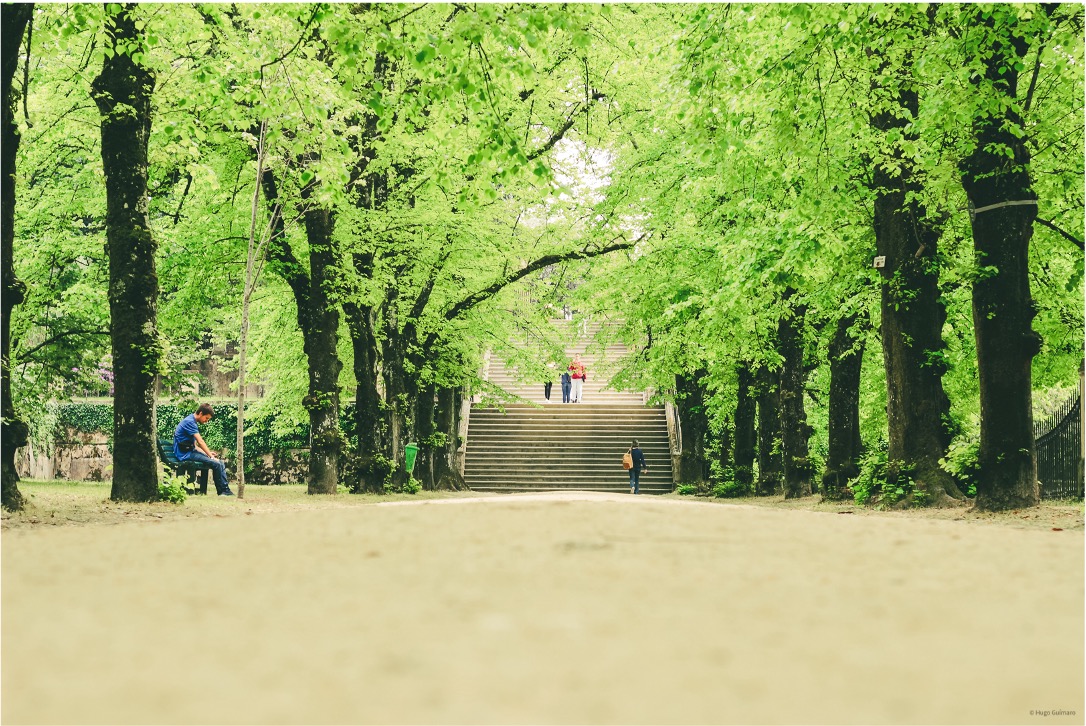 |
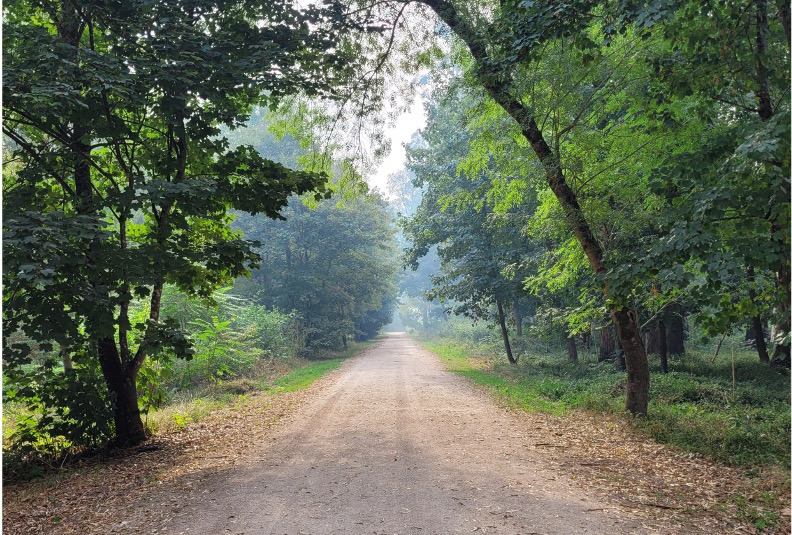 |
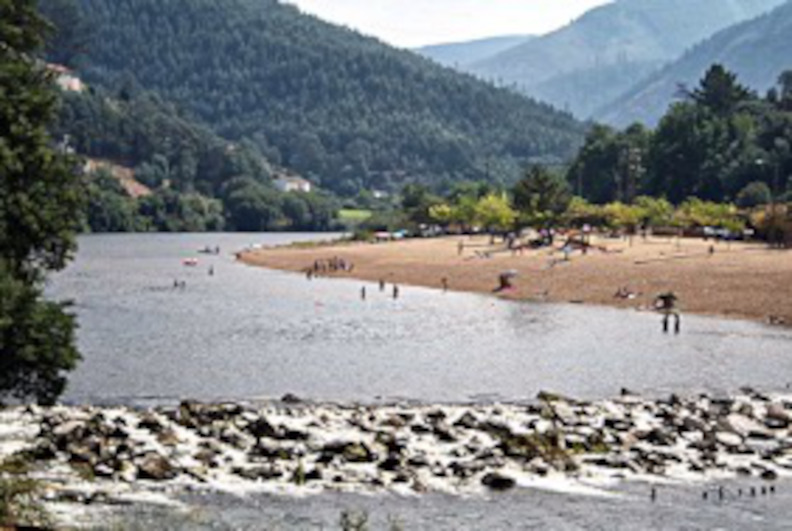 |
| Credit: Hugo Guímaro | Credit: Ana Cláudia Norte | Credit: mariag |

